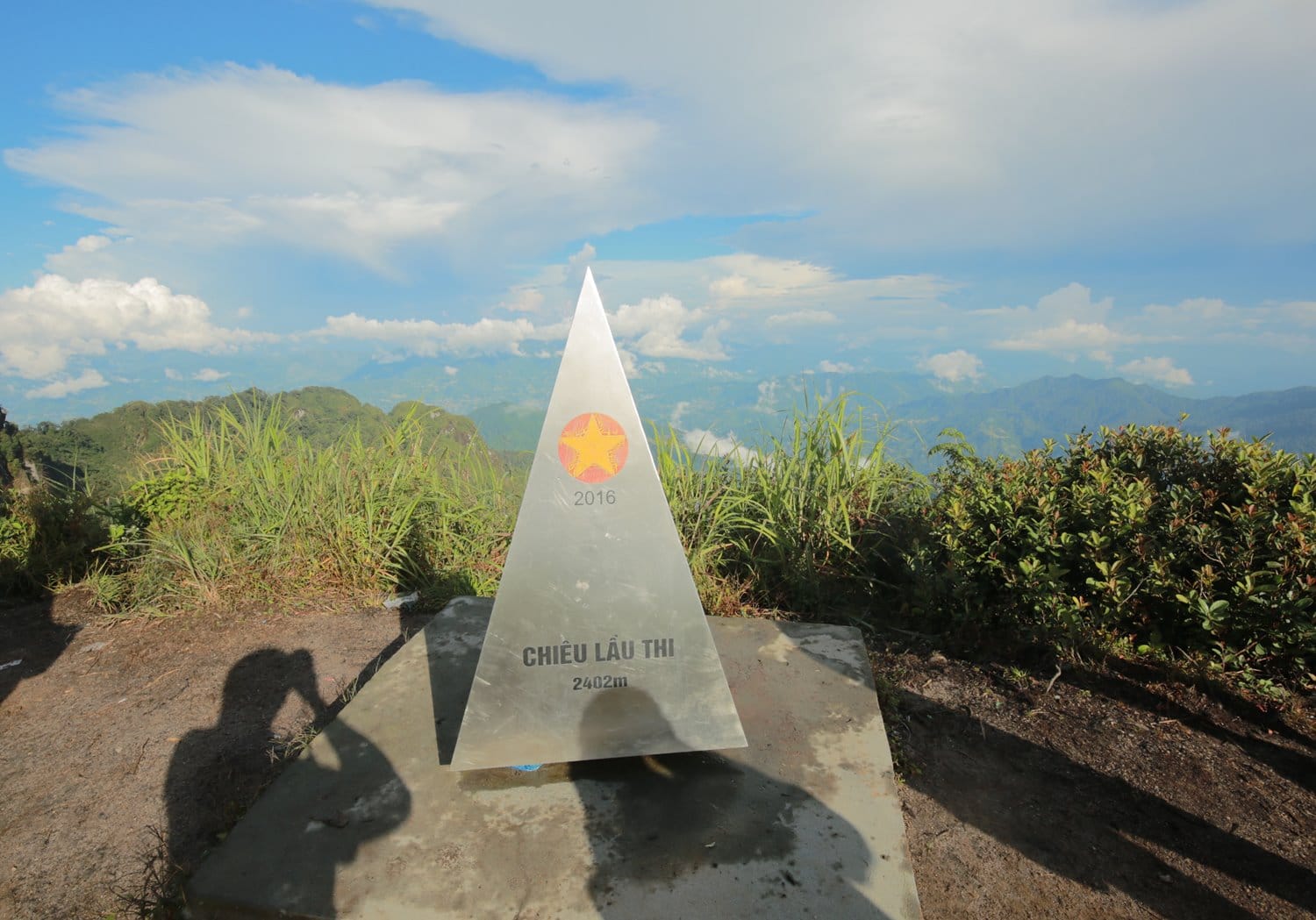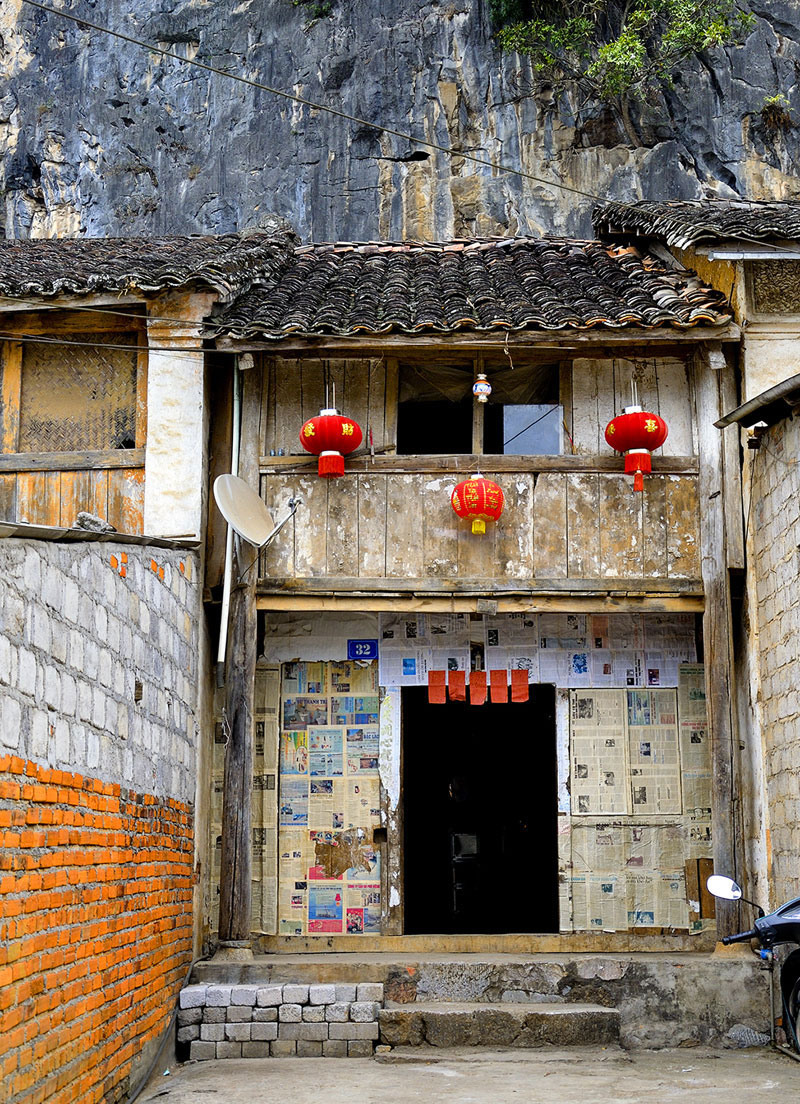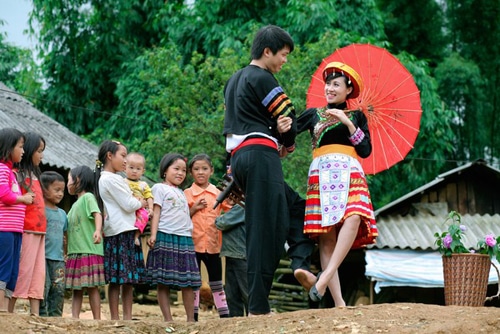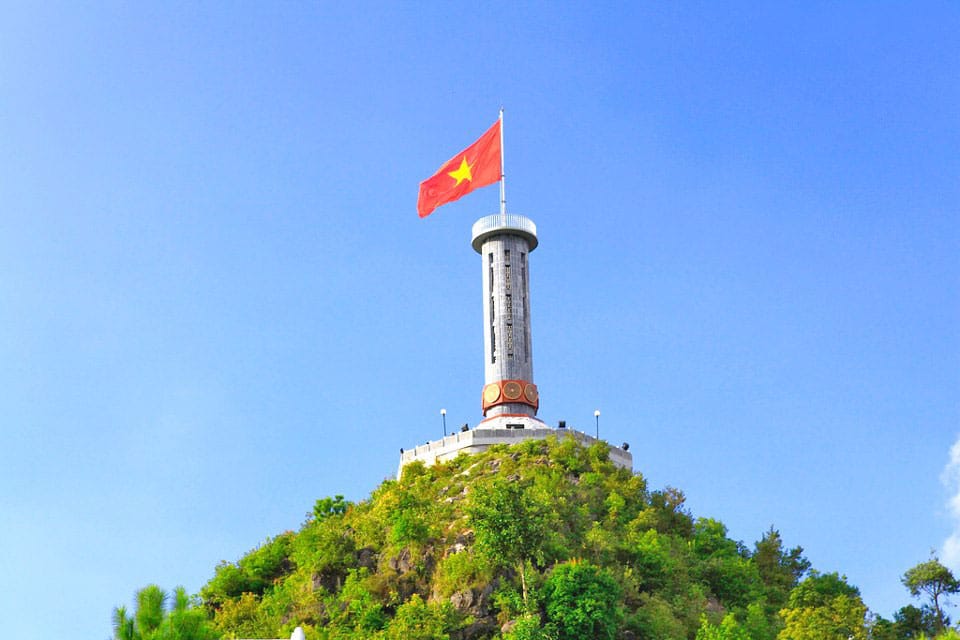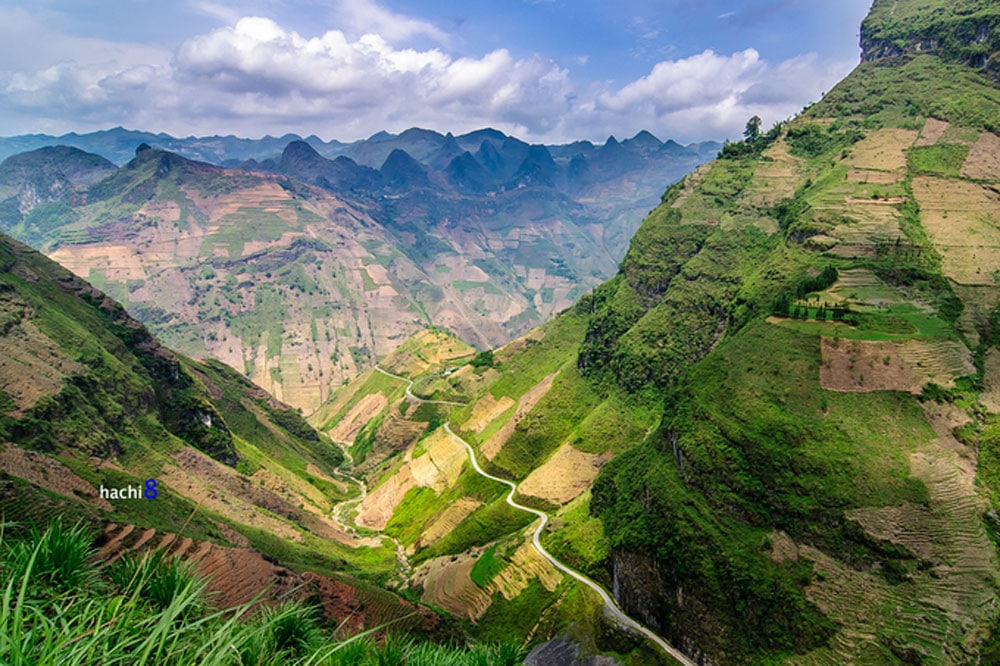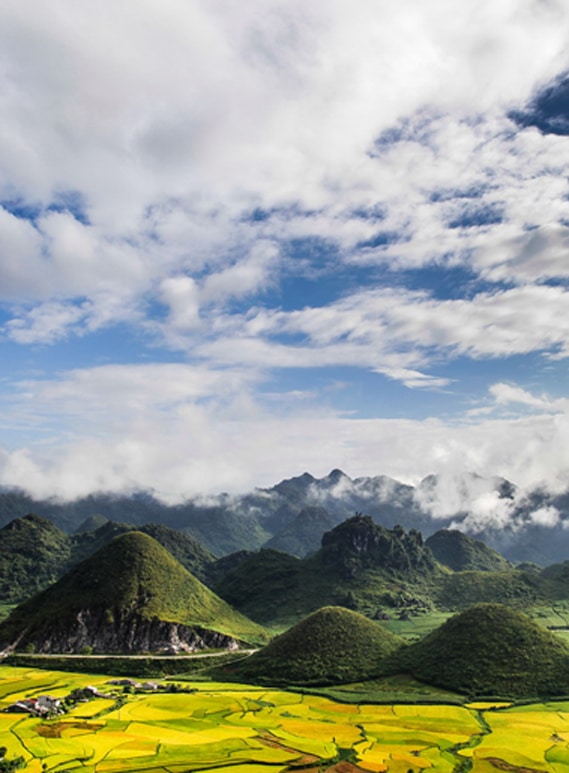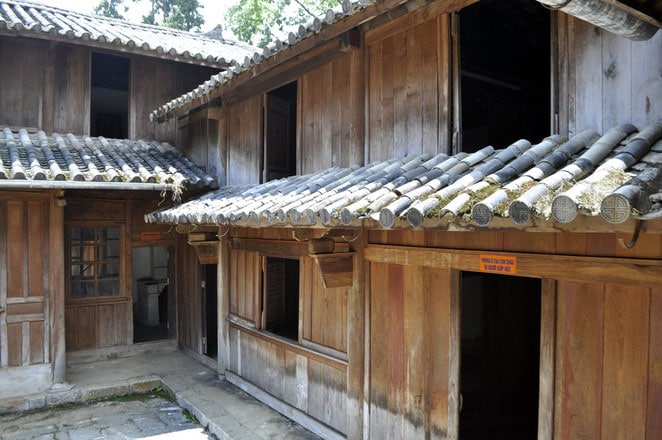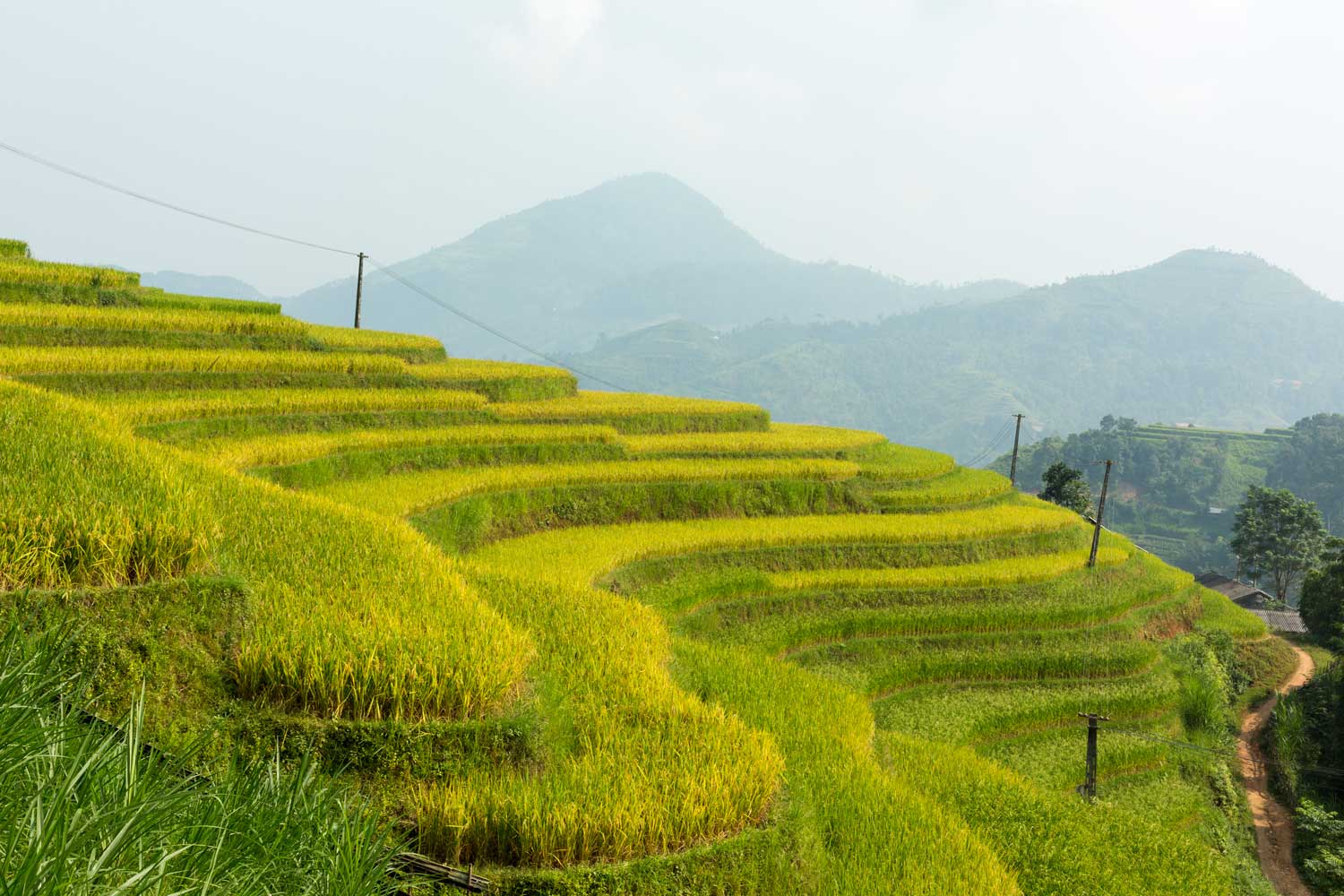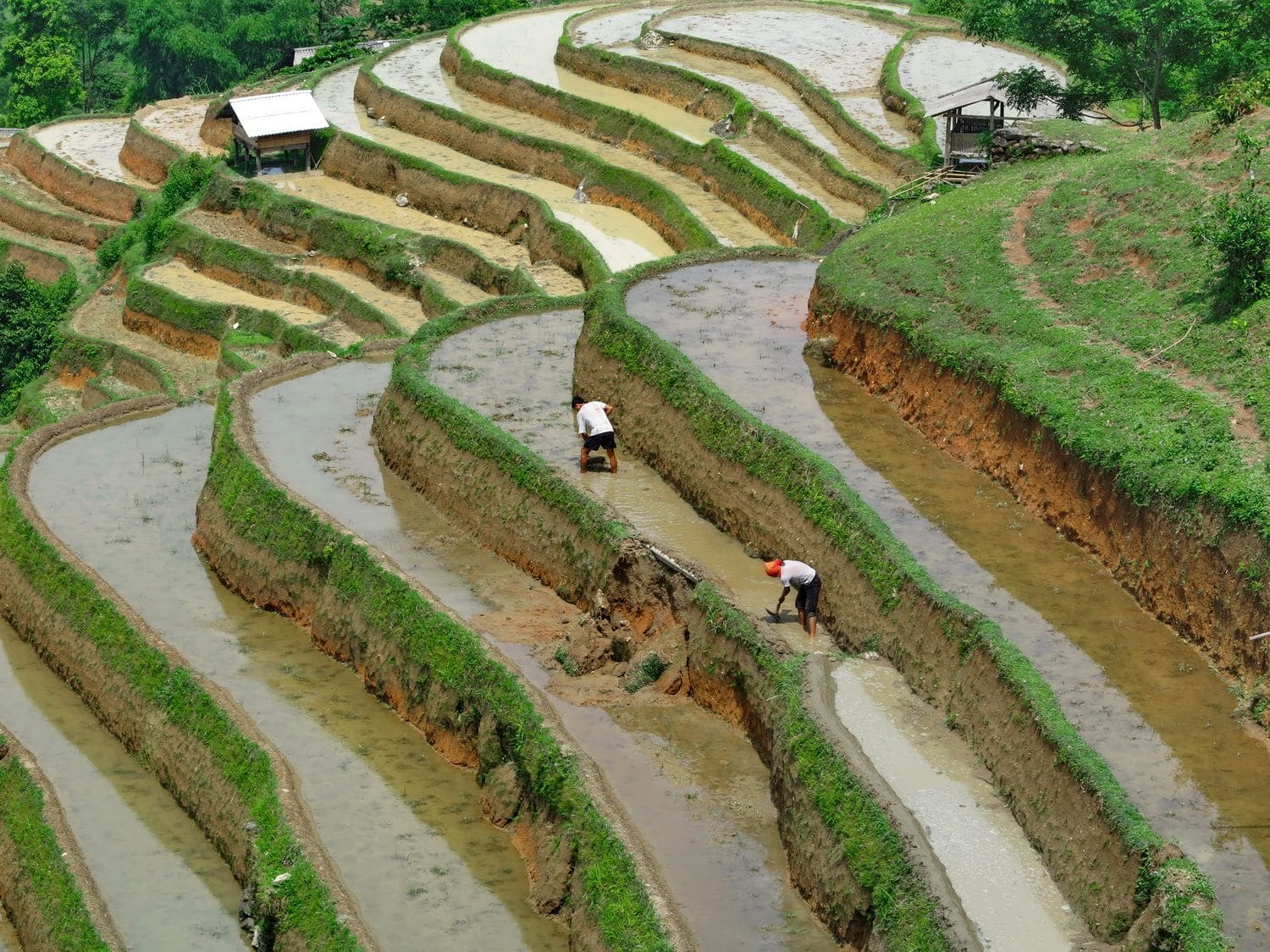Located on an altitude of 1,000m-1,600m, belonging to 4 districts of Quan Ba, Yen Minh, Meo Vac, Dong Van (Ha Giang Province), the 2,356km² – Dong Van Karst Plateau is one of Viet Nam’s special limestone areas, housing prominent imprints that depict the development of the earth’s crust. Up to 80% of the karst formations of Dong Van Plateau are limestone formed by environment conditions and different development stages of nature.
Geological value
A survey conducted by scientists from the Viet Nam Institute of Geosciences and Natural Resources revealed the finding of 13 fossil – geological formations in Dong Van, including Chang Pung, Lut Xia, Si Ka, Bac Bun, Mia Le, Si Phai, Toc Tat, Lung Nam, Bac Son, Dong Dang, Song Hien, Hong Ngai, and Lan Pang. Of which, Chang Pung is the oldest one with date of 540 millions years. In addition, 19 paleontology groups were also discovered in Dong Van, including Brachiopoda (Tay cuon), Tabulata (San ho vach day), Tetracoralla (San ho bon tia), Stromatoporoidea (Lo tang), Trilobita (Bo ba thuy), Polybranchiaspis liaojiaoshanensis (Ca co), Foraminifera (Trung lo), Tentaculies (Vo non), Conodonta (Rang non), Pelecypoda (Chan riu), Gastropoda (Chan bung), Cephalopoda (Chan dau), Bryozoans (Dong vat dang reu), Crinoidea (Hue bien), Sclerotesta (Vo cung), Ancient Crustacean (Giap xac co), Hydrilla verticillata (Thuc vat thuy sinh), Spirulina (Tao), and Chitinozoa. The paleontology groups have helped scientists draw a complete picture of development history in terms of geology of Dong Van Karst Plateau in particular and northeast Viet Nam and south China in general.
Geomorphology value
The tectonic activities created canyons in Dong Van Karst Plateau, particularly in limestone area. Among karst canyons in Dong Van, Tu San is the most beautiful and majestic canyon. From Ma Pi Leng Pass beside Tu San Canyon, tourists can observe the wonderful folds of Devonian limestone.
Useful Information
Climate: The climate is divided into two distinct seasons, rainy season (from May to October) and dry season (from November to April). The annual average temperature varies between 24 and 28°C. In winter, the temperature is sometimes down to -5°C. The best time to visit Dong Van is the spring. Tourists are hit by wonderful landscapes composed by yellow cai(kale) flowers and pink peach flowers in full blossom, mossy tiled roofs of stilt houses, dark green rocks and blue skies.
How to get the karst plateau: From Ha Giang City, visitors travel on National Highway 4C for 43km to Quan Ba. Continuing on this highway through Can Ty Pass, pine forests, steep drops, deep ravines, and razor-sharp turns, visitors will reach to Dong Van karst plateau.
Specialties: On the market day on Sunday (Dong Van, Meo Vac fairs…) visitors can enjoy dishes such as men men (steamed ground corn), color steamed glutinous rice, cornbread, chicken, dried beef, Meo colza, bamboo shoots,thang co (a special local soup), smoked bacon and sausages, corn liquor…
Souvenirs: Visitors can buy traditional products such as brocade, linen, jewelry,… in the cultural villages, traditional craft villages, attractions, fairs … on the karst plateau.
More attractions to discover nearby:
Dong Van Ancient Town
H’mong King Palace
Khau Vai Love Market
Ma Pi Leng Pass
Quan Ba Twin Mountains

